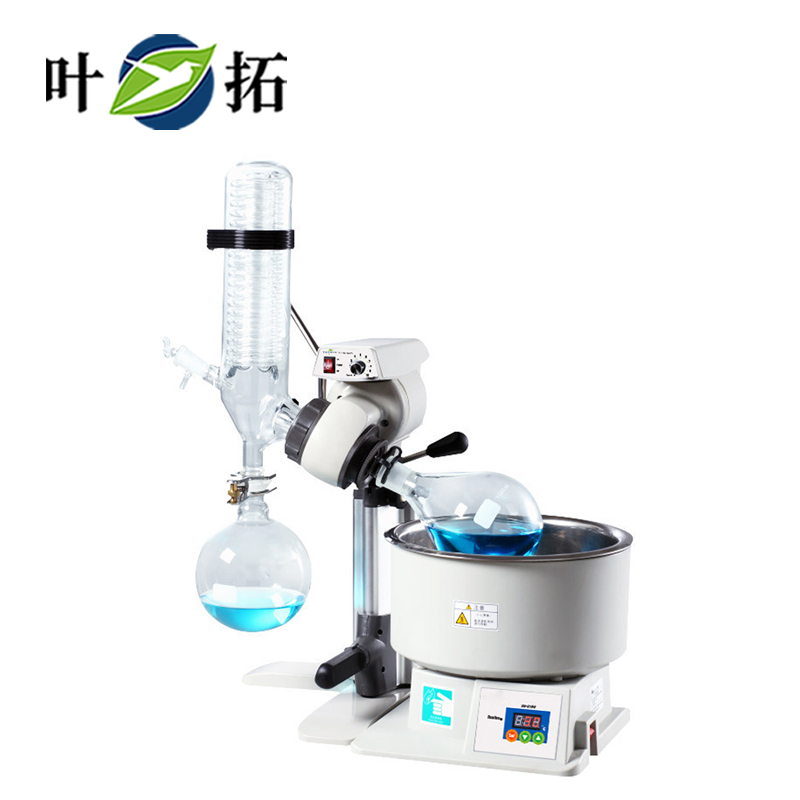
Rotary evaporators are widely used in laboratories for solvent evaporation and concentration, but occasional leaks may have adverse effects on experimental results and instrument performance. This article will introduce the common causes of leakage in rotary evaporators, provide methods for handling leaks, and measures to prevent leaks, aiming to help laboratory personnel ensure safe experiments and ensure the efficiency of rotary evaporators.
Reason for leakage
Aging or damage of seals: Aging, damage, or incorrect installation of seals in rotary evaporators may result in leakage.
Overfilling: Overfilling the sample container may cause leakage, as the sample will produce gas or vapor during the evaporation process.
Temperature and pressure changes: Changes in temperature and pressure may cause the sealing material to expand or contract, leading to leakage.
Improper operation: Incorrect use or operation may also lead to leakage, such as excessive rotation speed or improper installation of sample containers.
Leakage handling
Emergency measures: In case of leakage, immediately stop using the rotary evaporator and ventilate the surrounding area. At the same time, wear appropriate personal protective equipment such as gloves and glasses to prevent solvents from coming into contact with the skin or eyes.
Leak source localization: Determine the specific location and cause of the leak, check if the seals are intact, verify if the sample container is correctly installed, and identify any other damages or malfunctions.
Sealing treatment: Replace damaged seals and ensure that they are installed correctly to ensure good sealing effect.
Cleaning and maintenance: Regularly clean the rotary evaporator, remove accumulated solvent residues, and check whether all components of the instrument are working properly.
Leakage prevention
Regular maintenance: Regularly inspect and maintain the rotary evaporator to ensure the integrity and normal working condition of the seals.
Reasonable operation: Use the rotary evaporator correctly according to the operation manual and guidance, avoid overfilling the sample container, and pay attention to temperature and pressure changes during operation.
Periodic testing: Conduct regular leak detection using gas detectors or leak detection agents to check for potential leakage issues with the rotary evaporator.
Training and awareness: Provide training to laboratory personnel to enhance their awareness of preventing and handling rotary evaporator leaks, strengthen safety awareness and operating standards.


